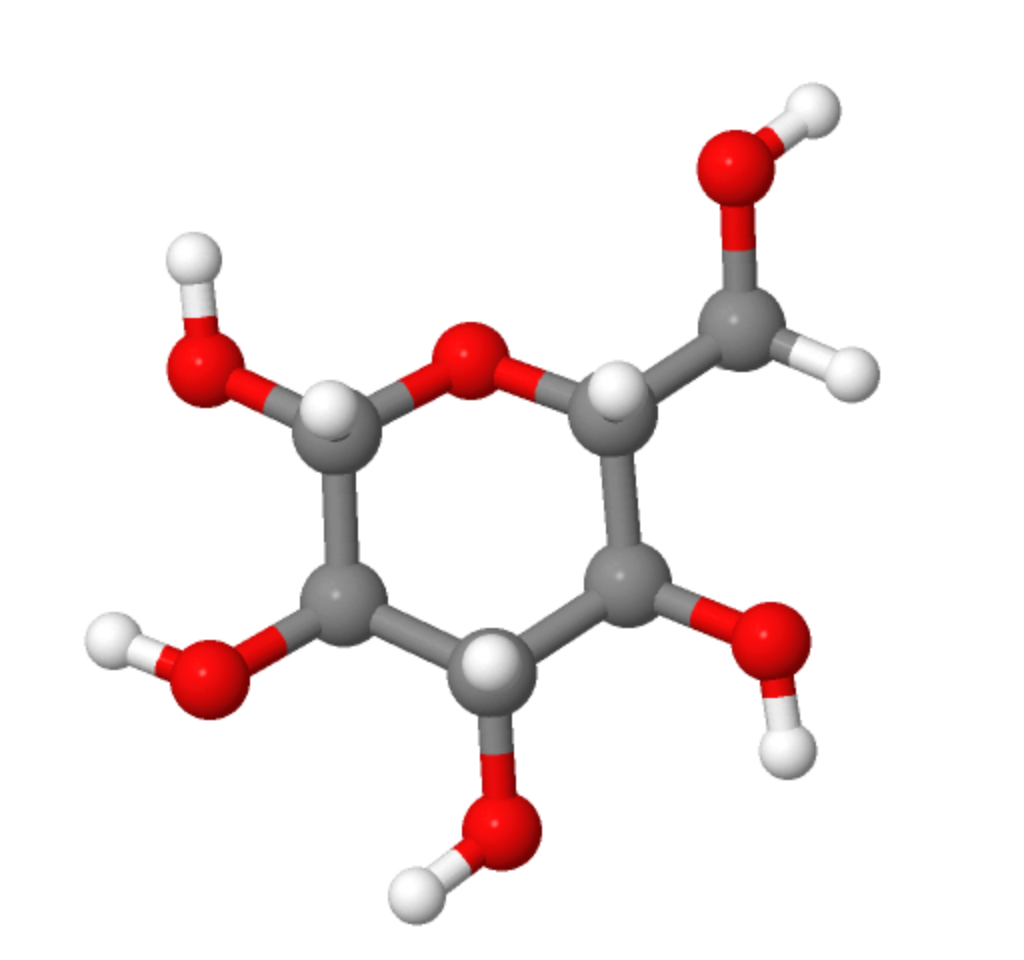
Cell walls of plant cells attribute their mechanical strength to cellulose. It is a homopolymer of anhydroglucose, with the glucose residues linked in a ß-1,4 fashion. This chapter deals with the chemistry of cellulose, its extraction and its properties which help various industries to make the most of it.Ĭellulose is the most abundant biopolymer available in nature, since it is one of the major components of the cell walls of most of the plants. Currently, about half of the waste produced in India contains about 50% cellulose which can be used productively. Bacterial cellulose’s high dispensability, tasteless and odourless nature provides it with lot of industrial applications. and is an important excipient due to its binding and tableting properties, characterized by its plasticity and cohesiveness when wet. Micro-crystalline cellulose in particular is among the most frequently used cellulose derivatives in the food, cosmetics, pharma industry, etc. Since it is a non-toxic, bio-degradable polymer with high tensile and compressive strength, it has widespread use in various fields such as nanotechnology, pharmaceutical industry, food industry, cosmetics, textile and paper industry, drug-delivery systems in treating cancer and other diseases. There are various extraction procedures for cellulose developed by using different processes like oxidation, etherification and esterification which convert the prepared celluloses in to cellulose derivatives. It is a polysaccharide consisting of a linear chain of several hundred to many thousands of β(1 → 4) linked d-glucose units. It is a significant structural component of the primary cell wall of green plants, various forms of algae and oomycetes. In the articles in the series, to be published in this journal, outstanding experts in their respective fields will give (a) an overview on topics related to the practical use of biotechnological methods in organic chemistry, (b) an outlook on upcoming research topics, their impact on existing areas and their potential for future developments.The Commission solicits comments as well as suggestions for future topics, and will aim to help in providing answers to any questions in this field.Cellulose (C6H10O5)n is one of the most ubiquitous organic polymers on the planet. By improving the knowledge of chemists in the field of biotechnology it is hoped to initiate more ideas for applying biological methods in chemistry, inspire more use of chemical knowledge in the biological sciences and help scientists in both fields to work closer together. Biotransformation - a Useful Tool in Organic ChemistryThe Commission has chosen this series with a view to intensify the interrelations of chemistry and biotechnology.

Interrelations of Chemistry and Biotechnology - I.


 0 kommentar(er)
0 kommentar(er)
